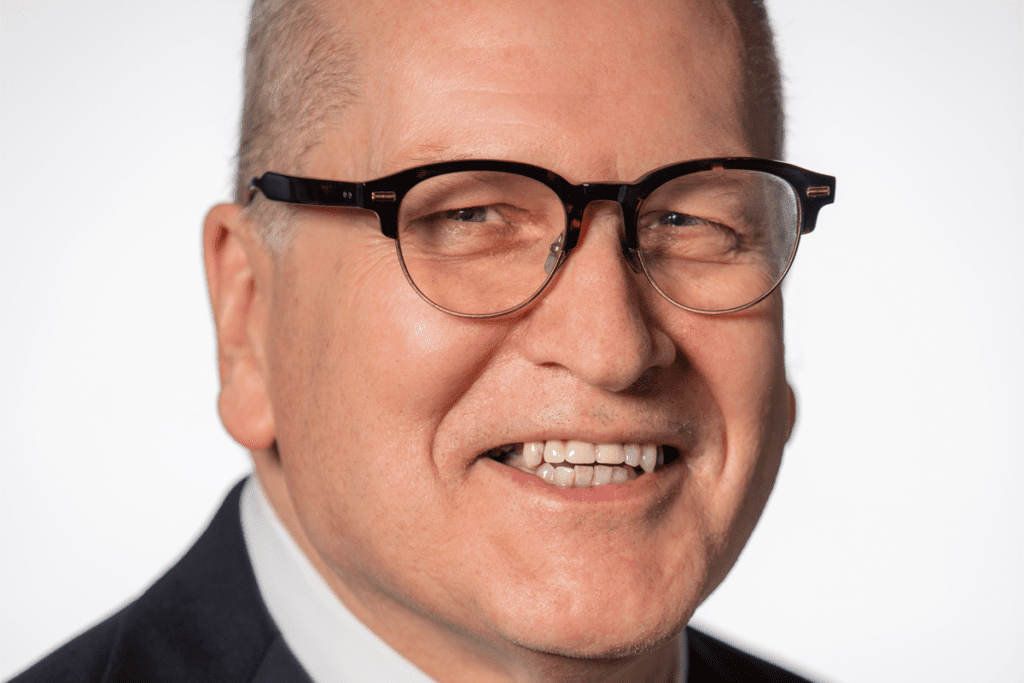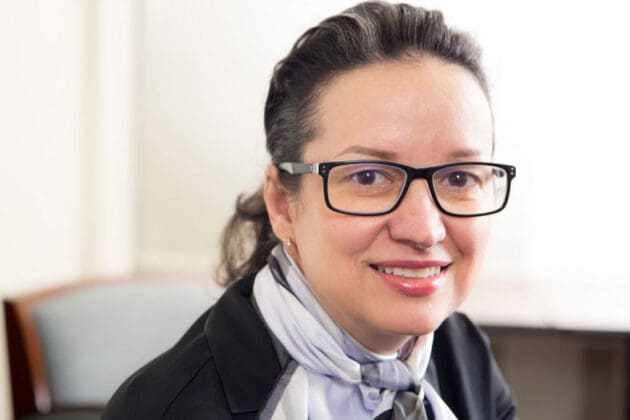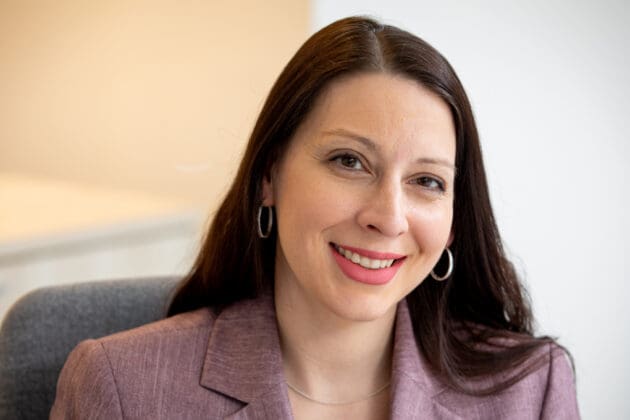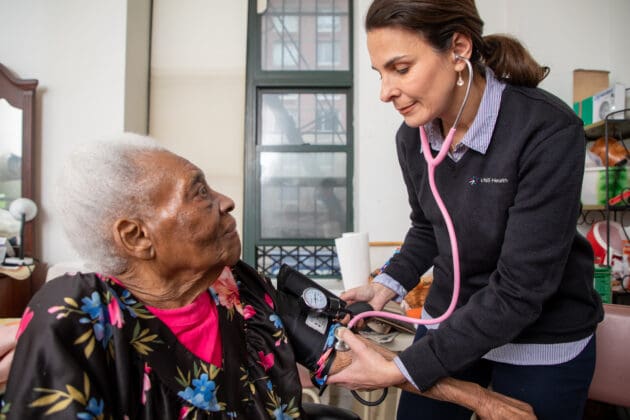
Any nurse entering the field, no matter how prepared or well trained, will do their best to learn about the realities of caring for others on the job. When I started working as a nurse back in the 1970s, I had no idea that in a few years, I would find myself on the frontlines of an epidemic that would irrevocably change and touch all our lives while also changing the career trajectories for a great number of people in healthcare.
As a young nurse, I suddenly saw many patients developing complex and difficult-to-manage illnesses. Just as devastating was that many of my friends, colleagues, and loved ones became ill. Soon, we would give this disease a name: HIV/AIDs. As the impact of the disease reverberated, it was terrifying to see the level of stigma, bias, discrimination, and fear that so many of my patients faced, with many in the medical establishment refusing care for those most in need. There was a great deal of misunderstanding and spreading of harmful misinformation about what HIV/AIDS was. It is not an exaggeration to say I felt like I was working in a war zone.
At the nonprofit VNS Health, where I worked, our home health nurses were not ones to turn their backs on the communities we served and lived in. Soon, we found ourselves on the frontlines, caring for an average of 600 HIV/AIDS patients daily in New York City in the late 1980s. By 1997, half of all HIV/AIDS patients in the city were cared for by VNS Health. Like many other nurses, I quickly learned that we were providing far more than physical care, as we helped address mental health needs and education equally for AIDS patients and their loved ones.
Despite the challenges and devastating loss all around us, it was also inspiring to work among healthcare workers, activists, and others who saw the epidemic as an opportunity to revolutionize healthcare. Those experiences helped shape the work we do today, as we strove to keep up with a rapidly evolving healthcare landscape, provide empathetic care for all underserved communities, and develop new models of care that would provide safe, in-home care.
On National HIV/AIDS and Aging Day, it’s heartening to see how individuals with HIV/AIDS now have many more treatment options and can live long, healthy, happy, and productive lives. Currently, more than half of all individuals with HIV are over the age of 50. While treatment for physical symptoms has improved by leaps and bounds, we still can’t forget the social and emotional symptoms accompanying this illness and its impact on the community and people’s loved ones.
Among older adults with HIV/AIDS, there are typically two categories of patients. The long-term “warriors” who have lived with their diagnosis for years, including those who may have contracted HIV/AIDS at birth and those who received a diagnosis more recently as an older adult. Across the board, as the number of older adults receiving care at home grows, so will the need for nurses and caregivers specializing in home health, including nurses who understand the specific needs of individuals with HIV, which vary from person to person. Race, income, gender identity, and sexual orientation are key to how someone experiences care. Being mindful of our patients’ lived experiences and understanding the unique needs of those with HIV/AIDS makes us stronger clinicians and teachers. We can improve healthcare outcomes by supporting this community in the full context of their lives, which includes addressing preventive care, psychosocial care, nutrition, housing, and other social determinants of health.
As a nurse, when you first meet an older patient with a long-standing HIV/AIDS diagnosis, it’s important to know that they’ve likely had extensive experience with the healthcare system—and it may not all have been positive. In addition, factors that many adults experience as they age, from multiple chronic illnesses to social isolation, are amplified by having HIV or HIV/AIDS. These patients are used to being told what more they need to do or how to better adhere to treatments, so it is crucial to focus on the positive and offer them options and resources.
Working in home care, we have the privilege of meeting our patients where they are most comfortable and getting to know them beyond a list of symptoms. Home care nurses are increasingly filling a crucial care gap within the HIV/AIDS community, acting as a bridge for patients by helping to determine the full spectrum of support they might need. That might mean working to connect them with a social worker to help them apply for housing and food benefits, recommending local support groups, or something as simple (but important!) as making sure they closely follow prescribed medical treatment and go to all their appointments.
Individuals with HIV/AIDS also want to be seen as more than their diagnosis and accepted as their most authentic selves. We need to recognize the bravery and hard work many have put into maintaining their health over time, often in the face of stigma and barriers to care. Ensure they feel recognized for all they have done to maintain their health!
For clinicians who want to provide informed patient-centered care to older patients with HIV/AIDS but don’t know where to start, there are many educational resources out there. Connecting with seasoned nurses with experience working with HIV/AIDS patients or with HIV advocacy groups can help give you perspective on the challenges your patients may have faced within the healthcare system. Many national and local organizations provide specialized training for clinicians and caregivers of HIV/AIDS patients.
As any nurse will tell you, we learn much from all our patients and their families. The resiliency and bravery of those living with HIV/AIDS cannot be underestimated, and it has been a privilege caring for so many who have had to fight back against hate and stigma. Caring for this community is an honor and an opportunity to help some of those who need it most and make a difference by providing care imbued with empathy, dignity, and respect.


